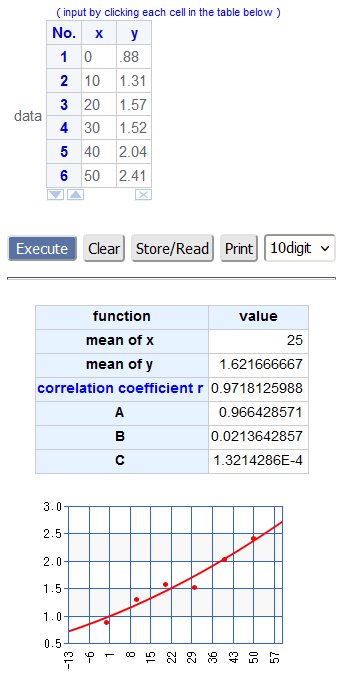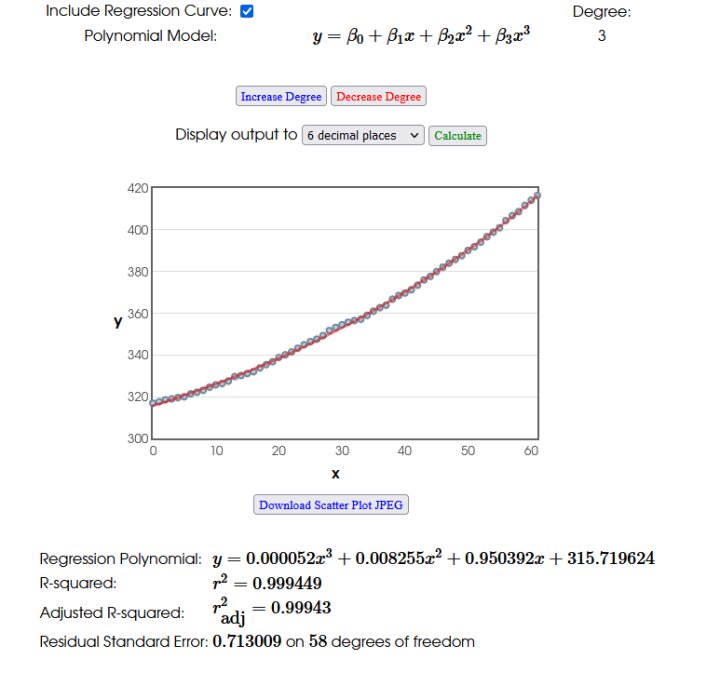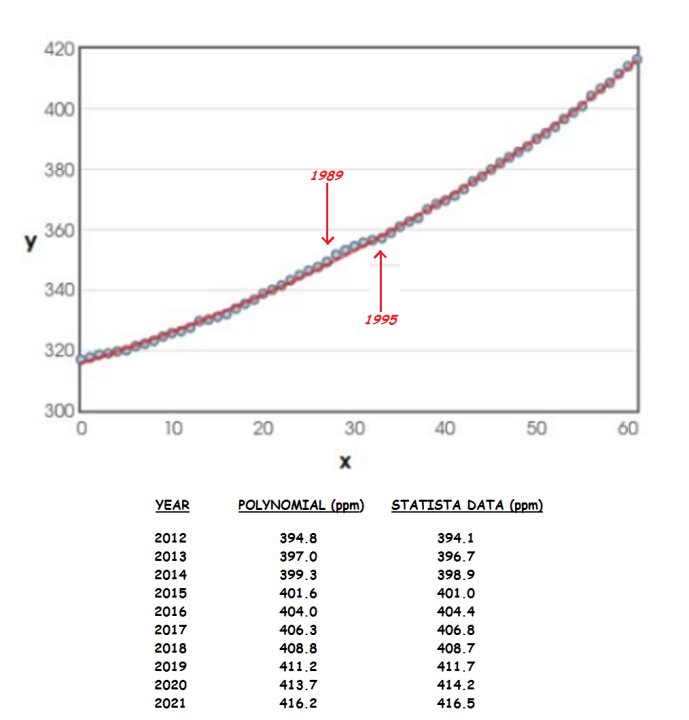@
Thinkerbell Starting here so the graphs don't scroll away.
This graph ends at the end of 2016, shows definite negative 2nd derivative.
Source: "5 ways to think about the remarkable slowdown in global CO2 emissions"
https://www.vox.com/energy-and-environment/2017/3/21/14998536/slowdown-co2-emissionsThis pause in CO2 emissions growth, the IEA says, was driven by “growing renewable power generation, switches from coal to natural gas, improvements in energy efficiency, as well as structural changes in the global economy.” Notably, US energy-related emissions fell 1.6 percent in 2016, thanks to the ongoing shift from coal to cleaner natural gas, wind, and solar. Chinese coal consumption appears to be declining (though stats can be unreliable there), led by a shift away from heavy industry. And Europe’s emissions stayed flat last year.
This graph shows a big drop for the pandemic year; ignore that; it still shows a flattening of emissions.
Source:
https://theconversation.com/global-emissions-are-down-by-an-unprecedented-7-but-dont-start-celebrating-just-yet-151757Yet another analysis showing leveling off of CO2 emissions:
Source:
http://country.eiu.com/ArticleIndustry.aspx?articleid=389146622&Country=China&topic=Industry&subtopic=EnergyGlobal CO2 emissions flat-lined in 2019 following two years of successive increases, according to estimates released in February by the International Energy Agency (IEA). This was achieved despite an over 2% increase in global GDP. The rate of growth in annual CO2 energy-related emissions in the last six years has slowed by two-thirds to 0.6% in 2013-19, compared with 1.8% in 2007-13. This suggests a weakening correlation between GDP and emissions growth, which is a positive sign.
However, recent progress in emissions reduction is heavily skewed towards high-income countries, where coal in the power sector has been displaced by renewables and gas. Meanwhile, emissions in the rest of the world are still increasing, as are emissions from oil and gas use. Global emissions growth might be slowing to a walk, but substantive emissions reduction needs to be seen in areas other than the power sector in high-income countries.
It's not just one graph or one report. There's lots of evidence of leveling off of CO2 emissions, prior to the pandemic.
Another:
Global Emissions Were Slowing Even Before the Pandemic
Releases of greenhouse gas dwindled thanks to declining coal use and new climate and energy policies coming into effect.
The growth rate of human-created greenhouse gases was slowing even before the pandemic hit the global economy—just not fast enough to hold back the rate of climate change.
Global carbon dioxide emissions from fossil fuels increased just 0.1% in 2019 from the previous year. In 2020, they’ll fall a record 7%, to 34 billion metric tons of CO₂, according to the Global Carbon Project, an international effort by researchers to measure CO₂ emissions. The results line up closely with a major United Nations report released this week that also showed an anticipated 7% drop in emissions this year.
“This level of reduction is unprecedented and about five times bigger than the drop during the global financial crisis in 2018,” said Pep Canadell, executive director of the Global Carbon Budget. “Although the future is yet to be written, there is indeed an unprecedented opportunity that could curve down the future trajectory of emissions if we actively choose to do so.”
Source
https://www.bloomberg.com/news/articles/2020-12-11/global-emissions-were-slowing-even-before-the-pandemic










